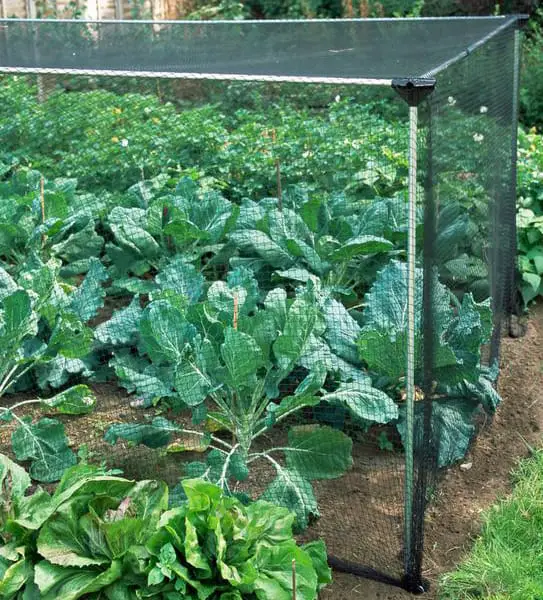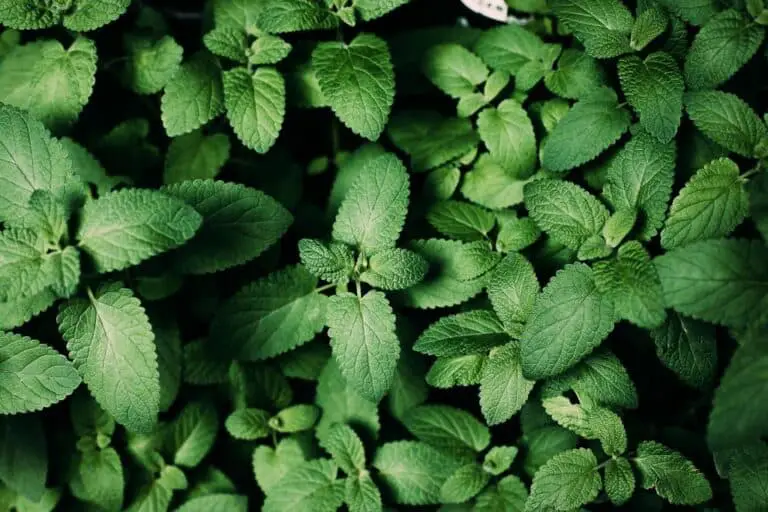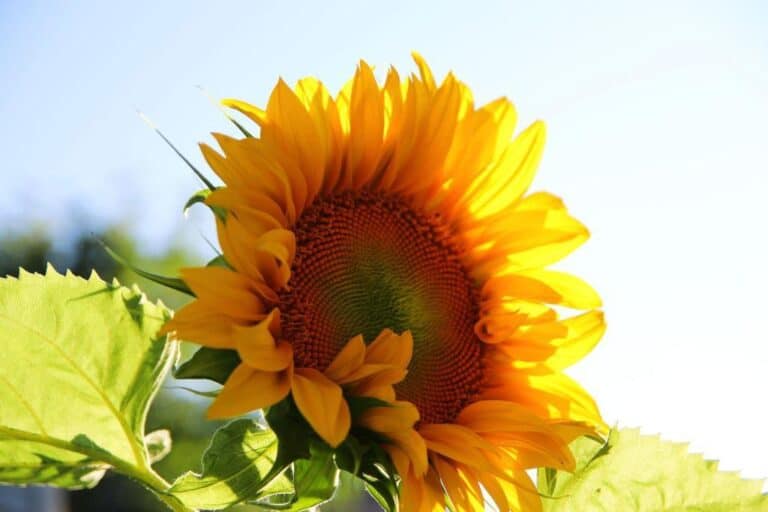10 Easy Indoor Plants to Grow From Seed
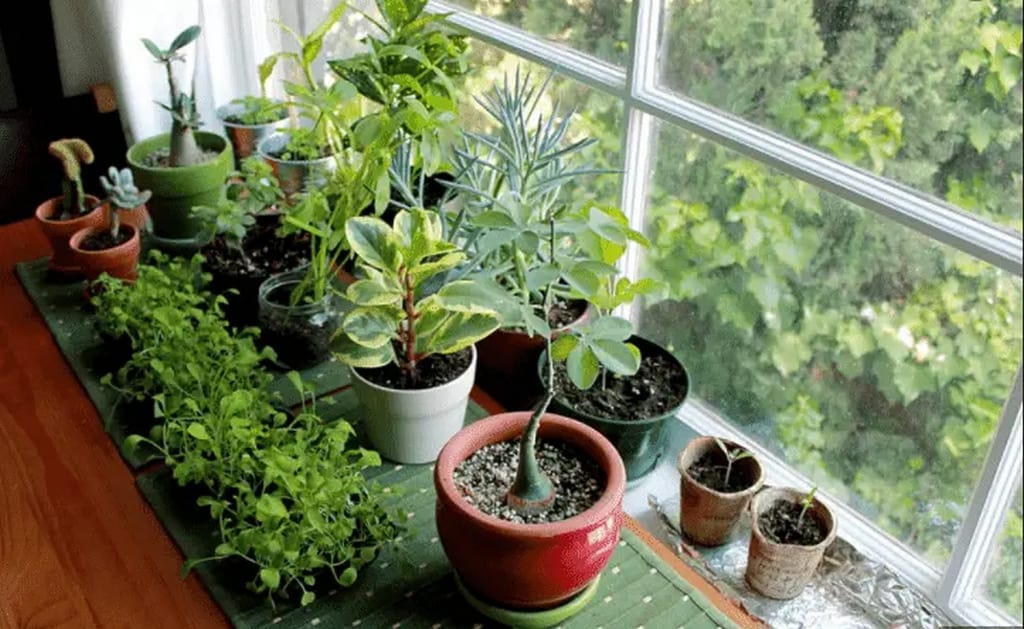
One of the best things about gardening is that it can be done almost anywhere, at any time of the year. You may have gardened before or be a beginner. You know the importance of understanding a few things before starting.
One of the most important aspects of gardening is choosing the right plants, best suited to your circumstances. Starting plants from seed is a great way to get inexpensive plants for your home. Many plants can be grown indoors from seed with little effort, even without having to leave your home.
Gardening does indeed have a lot of things to do. You can’t just set it and forget it. You must balance the soil, water, weather, sunlight, and how much time you can spend taking care of your plants. However, some plants are more straightforward to grow than others.
People who are just starting gardening can grow varieties of plants from seeds indoors. Here are a few easy indoor plants to grow from seed that you may try.
Anthurium

Anthuriums can bring an instant appeal to any interior room and decor. They come in many shapes and colors. Most varieties are grown for their veined foliage and distinct bracts.
Anthurium plants are beautiful, flowering plants that can be grown indoors. They require plenty of water and light, and like most plants, they grow best from seeds.
These native tropical rainforest plants need plenty of humidity to thrive. You can increase the humidity around your anthurium by misting it with water or placing it on a tray of wet pebbles. When watering, be sure to pour water directly into the soil, so it can soak in. Don’t let the plant sit in water, though, as this will cause the root to rot.
Fertilize the plant every two weeks with a balanced fertilizer diluted to half strength. Better use a fertilizer with higher phosphorus compositions, to get the best blooms.
Hot Peppers
When it comes to growing hot peppers indoors, many people are intimidated. After all, who would think that something as fiery as a hot pepper could grow well inside a home?
Surprisingly, though, this is a task that can be easily accomplished with just a few simple tips.
To grow hot peppers indoors, start by planting the seeds in soil that is light and sandy. The soil should also be rich in organic matter. Then, water the seeds regularly and keep the soil moist. Once the seedlings have emerged, give them plenty of sunlight.
If you start with plants, you will need to water and fertilize them regularly. When the peppers are big enough, you can transplant them into pots or your garden.
Hot peppers are milder when picked early and become hotter when allowed to fully ripen on the plant. Hot peppers can be harvested once they turn red or orange.
Peace Lily

Many people are unaware of the fact that the peace lily is an indoor plant. Peace lilies (Spathiphyllum) are a popular indoor plant that is easy to grow. It is a great plant to grow indoors because it does not require a lot of light or water. The peace lily also does not need to be fertilized often.
To grow a peace lily indoors, you will need to purchase a seedling from a garden center or online store. Once you have your seedling, you will need to place it in a pot that has drainage holes in the bottom.
The pot should also be wide enough so that the leaves of the plant can spread out. Fill the pot with rich soil and then place the seedling in the middle of the pot.
You will then need to water the plant regularly, making sure not to overwater it. The peace lily should be placed near a window where it can receive indirect sunlight. If you are keeping your peace lily outdoors for the summer, move it back indoors when the temperature starts to drop below 50 degrees F.
Lettuce
Lettuce is a cool-weather crop that can be planted in late summer and early fall. It can also be grown indoors, though it may not produce as much lettuce as if it were grown outdoors. Lettuce needs plenty of water and light to grow well. When you choose this crop, you can start from seed or transplants.
To grow lettuce indoors, you will need a container, potting soil, water, and light. The best containers are those that are at least six inches deep and have drainage holes. Fill the container with potting soil and plant the seeds according to the package instructions.
Water the plants regularly, and place them in a location that receives plenty of light. Lettuce will grow best when the temperature is between 60 and 70 degrees Fahrenheit.
Tomatoes

Tomatoes are a warm-weather crop and can be grown outdoors in the summer. You can plant them outdoors, but if you want an earlier harvest or live in a colder climate, you may want to plant them indoors.
Start by planting tomato seeds in soil-filled containers. Both the organic matter content and the drainage quality of the soil are quite important.
Place the containers in a sunny location and provide plenty of light for the plants. Make sure your plants get plenty of light—at least six hours per day. You can use a grow light if necessary.
Tomato plants are relatively easy to grow, and they do not require a lot of space. One of the best ways to support tomato plants is by caging them. Caging tomato plants has a number of benefits, including improved air circulation and increased yields.
Once the tomato has begun to ripen, it does not require sunlight to ripen. Too much sun can cause blisters and even damage to the fruit. That is precisely what occurs when overripe tomatoes split open on the vine. Harvest your tomatoes when they are ripe – usually around 60-70 days after planting.
Read: Why Is Tomato a Fruit and Not Cucumber?
Cacti
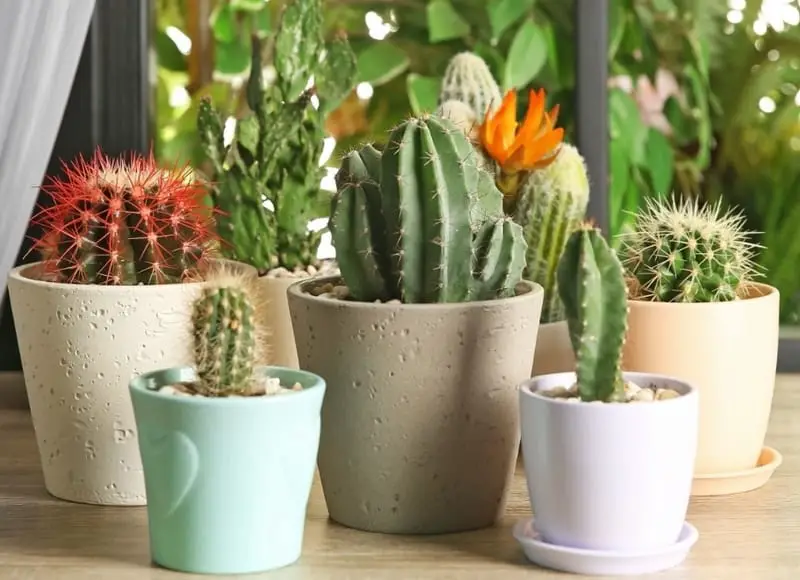
Cacti are a great choice for indoor plants. They are easy to grow and don’t need a lot of water or light. You can find cacti in many shapes and sizes, so there is sure to be one that will fit in with your indoors and decor.
To grow a cactus indoors, start by finding a pot that is the right size for your plant. Cacti do not like to be root-bound, so make sure the pot has plenty of room for the plant to grow. Fill the pot with soil that drains well. Cacti prefer slightly acidic soil.
Place the cactus in a sunny spot where it will get at least six hours of sunlight each day. Water the plant when the soil feels dry to the touch. Be careful not to overwater, as cacti do not like wet feet. Cacti plants need to be watered sparingly; allow the soil to dry out between waterings.
Fertilize cacti plants once a month with a balanced fertilizer diluted to half strength. Report cacti plants every two years or when the potting mix starts to break down. You can grow cactus plants indoors all year, but they will go into a dormant period during the winter months.
Basil

Basil, a popular herb in the kitchen. It is a wonderful kitchen herb used in a million different dishes across various cuisines. Plenty of kitchen counters has basil plants on them.
It enjoys warm weather and does not do well in cold climates. If you live in a colder climate, you can grow basil indoors during the winter months.
Basil is an easy herb to grow indoors. It enjoys warm temperatures and plenty of sunlight. Water it when the soil feels dry to the touch, and be sure to give it at least six hours of direct sunlight each day.
When planting basil seeds, be sure to bury them ¼ inch below the surface of the soil. Keep the soil lightly moist until the seeds germinate, which should take anywhere from seven to fourteen days. Once the plants are a few inches tall, you can begin to thin them out so that only the healthiest plants remain.
Swiss Chard
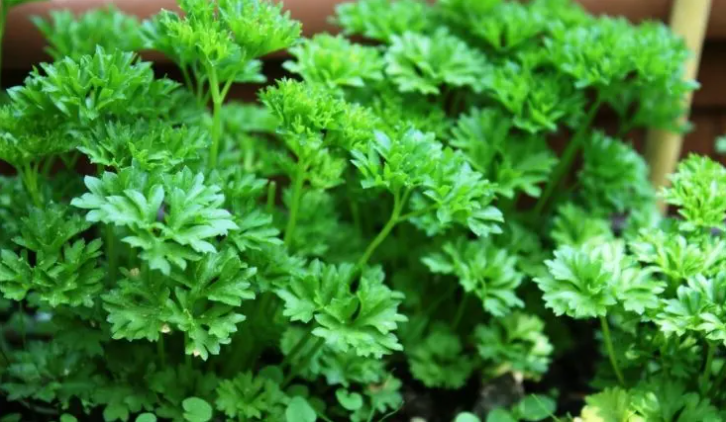
Swiss Chard is a leafy vegetable that is related to beets. The leaves can be eaten raw or cooked, and the stems can be eaten raw or cooked.
Swiss Chard is a cool-weather crop and can be grown indoors or outdoors. When grown indoors, Swiss Chard should be planted in soil that is moist but not wet.
The plants need light, so they should be placed in a sunny location. Swiss Chard seeds can be started indoors or outdoors. If starting outdoors, the seeds should be planted in the spring when the ground can be worked. If starting indoors, the seeds should be started 4 to 6 weeks before the last frost date. The plants require water regularly but do not need to be fertilized.
Asparagus Fern
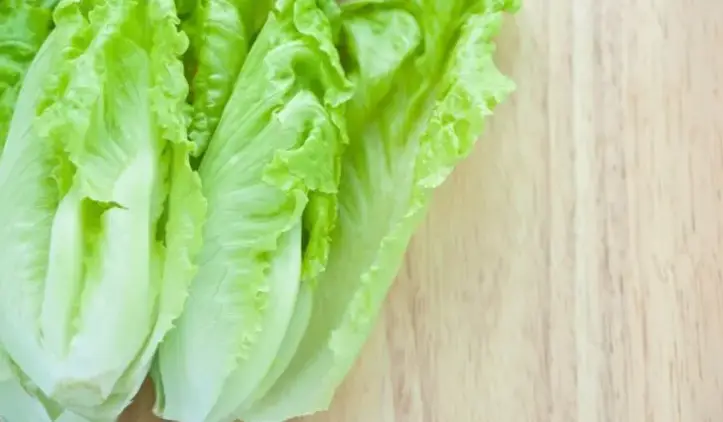
Asparagus fern plants are a type of indoor plant that is easy to grow. It is one of the fastest-growing plants that you can start from seed in the comfort of your own home.
They require water and light but don’t need a lot of attention. When you first get your asparagus fern, it will probably come with a small bag of seeds. You can either plant the seeds right away or wait until you’re ready to plant them.
To water your asparagus fern, use room-temperature water and pour it over the soil until it’s wet. Don’t pour so much water that the soil becomes soggy, though, because the plant doesn’t like wet feet. Asparagus ferns also require plenty of light, so put them in a spot where they’ll get at least six hours of sunlight each day.
These plants produce brilliant red berries that yield additional seeds if you decide to try again, and they’re easy to maintain.
Just be aware that touching the berries might cause a negative response in some people’s skin, so wear gloves just in case.
Parsley
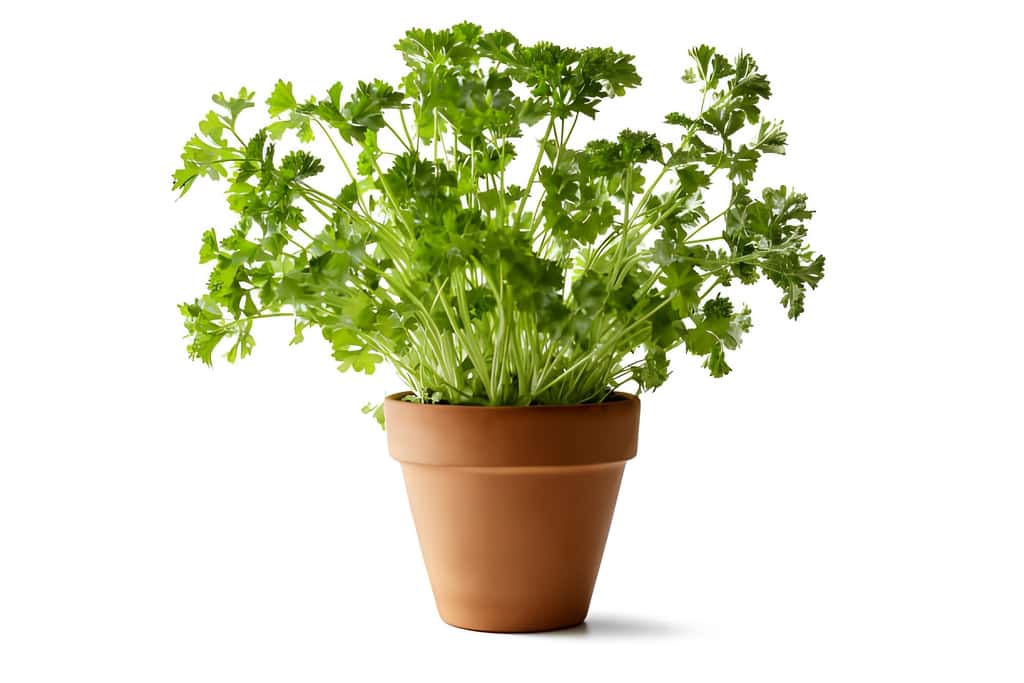
Growing parsley indoors is a great way to have fresh parsley available year-round. Parsley plants need bright light and regular watering to grow well. They can be grown from seed or a starter plant.
If starting from a seed, the seed should be planted in soil and watered regularly. The plant will need plenty of light to thrive. To grow parsley from a starter plant, purchase a small pot of parsley at your local nursery. Plant the starter in soil and water regularly.
Growing parsley indoors is a great way to have fresh parsley available year-round. Parsley plants require bright light and regular watering to grow well. They can be grown from seed or a starter plant.
Keep the soil moist until the seeds germinate, which should take about 7–10 days. Once the plants are a few inches tall, thin them out so that they are spaced about 6 inches apart.


